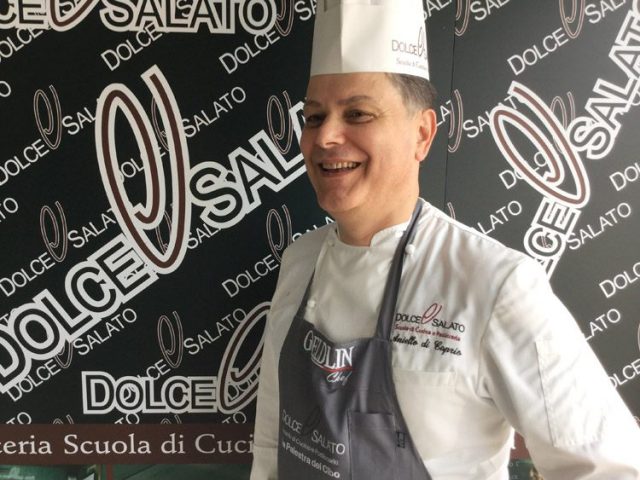Wine is Not That Simple (4): Bourgeois Wines
Over the past decades the term 'bourgeois' has taken on an evermore negative, ideological connotation. From Bunuel's 'Discreet Charm...' to the 1968 student protests in France, from the songs of Gaber and De André to the populist rants of the Right and Left. Anything that had to do with the bourgeoisie or middle class was seen as something evil and unjust. The bourgeois were the real 'snobs' (which means 'sine nobilitate', without nobility), those who sought to imitate the life styles of the aristocracy, who they had R3PL4CEd in importance without having any of their elegance. They also were viewed as the social class that was most against the land of the farmer and the aristocrat, they were the 'market' that imposed its tastes and preferences. Bourgeois wines are not those produced by the bourgeois but for the bourgeois by farmers and aristocrats. At least that was the way it was initially. Bordeaux wines evolved from being aristocratic to become bourgeois. So did the great 'Chateau' wines that were listed in the very famous 1855 classification, ordered by Napoleone III, an emperor of Bourgeois origin. And a new classification was even created for those 'bourgeois cru', to indicate new vineyards that did not exist before. What had changed was who was calling the shots. The nobles sold their own wines only after almost being forced to and there was nothing they could do about it. And they were supposed to be grateful because in some way they were allowed to partake in a pleasure they had no right to, thanks to the magnanimity of those willing to buy their wine. When the market began to dictate its own laws, the producer was forced to accept and conform to them. And this led to a sea change in the world of wine.
Trends developed, wine criticism was born, the position of 'wine-maker' developed, the wine 'designer', a demiurge between the producer and the consumer. A technique of 'tasting' was born, a code system was created to evaluate the quality of a wine. It was by no chance this began in Britain for Bordeaux wines, that soon would become the bourgeois wine par excellence, an example for other producers the world over who would seek to imitate it in order gain legitimacy among the more 'refined' consumers, who developed their tastes based on the great Chateaux wines. Style, some precise organoleptic characteristics, the use of new wood, planting Bordeaux grapes, blending, these are all elements that created the foundation of the philosophy behind bourgeois wines. Their popularity spread, above all in the second half of the 20
In Italy, the aristocratic wines include Antinori's Tignanello, all of Angelo Gaja's reds, many of the more celebrated Super Tuscans, especially those made using Cabernet Sauvignon and Merlot grapes. Some small producers have gone from making rustic wines to bourgeois ones and this change has contributed to fueling the age-old polemic between traditionalists and innovators that has dominated debate in the wine world in Italy and France in recent years. International wine criticism is still today totally Neo-Bordeaux orientated. There is at least one thing that the Wine Masters and Robert Parker can agree on and that is that the techniques used for tasting and evaluating wines are undeniably bias in favor of Neo-Bordeaux wines. Jancis Robinson once wrote that it was difficult for an Italian wine to remain typical and appeal to the tastes and palates of non-Italians. This was an observation that was perhaps too harsh.

 Italiano
Italiano








